Starting a Commercial Cannabis Farm – Part 1
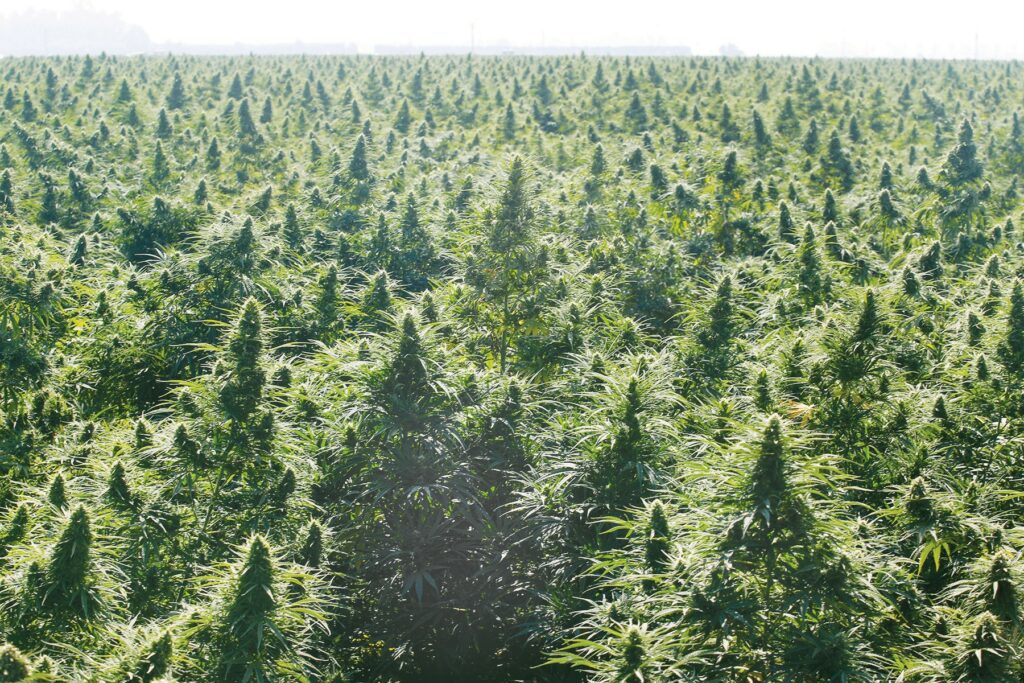
As the cannabis industry booms, more entrepreneurs are looking for ways to invest in the production and sales of cannabis products. And as legalization laws progress, more opportunities are becoming available. One such opportunity is building a commercial cannabis grow operation.
This is the first part of a 2-Part series that offers a basic guide on what’s involved to grow your own Fields of Gold.
Requirements
The first two main ingredients required are Commitment and Ambition. The second would be knowledge of the growing techniques, strains, legalities, and keeping up to date with current news and developments.
Creating a Business Plan
A cannabis business plan is a little different from conventional business plans. While you still need to do the necessary research on competitors, marketing, distribution, and financing, keeping abreast of state-specific laws is critical. If you don’t adhere to the cannabis regulations, you could lose everything you’ve worked hard to build. Other important factors to include in your business plan are security and traceability, compliance standards, employee training, removing waste, and testing capabilities.
You should also flesh out a detailed description of the grow facility, growing techniques, equipment and soil requirements, operations, and the entire production process.
Selecting a Grow Site
When considering the site for your production facility, you need to consider logistics, security, and future expansion. This is where knowing your state laws come in handy because there are places that you are not allowed to grow, such as being in the vicinity of parks, schools, libraries, or any area that is frequented by minors.
Soil
Regardless of whether your grow site is indoors or outdoors, the most important part of the growing process is the soil. This is essential to any successful crop and greatly influences the quality of the final product. Cannabis plants thrive in soils with a pH of 5.5-6.5 and this requires regular testing, monitoring, and tweaking.
Outdoor Production
Again, there are state laws that determine where and how you can grow cannabis outdoors but if the local regulations and climate allow for it, the potential is limitless.
Cannabis roots can develop exponentially so outdoor growing can result in a great harvest with plants growing 10 feet or higher. There are no restrictions on ceilings or artificial lighting and a cannabis crop is perfect as a shaded canopy for vegetable production. But with agriculture, there is no guarantee. You’re at the mercy of insects, wildlife, and weather. One season of drought can devastate hectares of crops. While outdoor growing is more cost-effective, there are bigger risks.
Indoor Production
Indoor grow facilities come with their own set of compliance laws and are generally more expensive to set up and run. You need to be able to control humidity levels, temperature, light, pests, ventilation, and watering while being as energy-efficient as possible. The main considerations here are space and conditions to produce product quality and consistency. Whether you choose a warehouse or greenhouse, a lot more investment is required to maintain an optimal growth environment. Running all the necessary systems can be a massive expense in the cost of electricity.
Consider ways to reduce operating expenses such as choosing effective yet efficient lights, invest in solar power, and install systems to recycle water and collect rainwater in tanks with automated irrigation. Cannabis is considered to be one of the most agriculture-intense crops when grown indoors.
Security and Compliance
Security and compliance with local regulations are crucial to run a successful grow operation for recreational cannabis. There are compliance laws around reducing risk to employees, adhering to building standards, and ensuring the facility is secure. Officials can audit the premises at any stage. Some states require the implementation of security solutions that include:
- Identification systems for authorized personnel access and visitor access. Movement in and out of the facility must be recorded for everyone and records need to be stored for at least 3 years.
- Security alarm systems covering every point of entry and the installation of pressure switches, panic buttons, and/or motion detectors.
- A fully-integrated surveillance and redundancy system complete with video footage and secure storage methods on-site.
- Facilities producing cannabis need to have a flawless tracking system for all products, from seeds to plants, and for all products produced on-site.
The states of Washington and Colorado are good examples to follow as they have strict procedures for regulating cannabis producers and those with cannabis licenses.

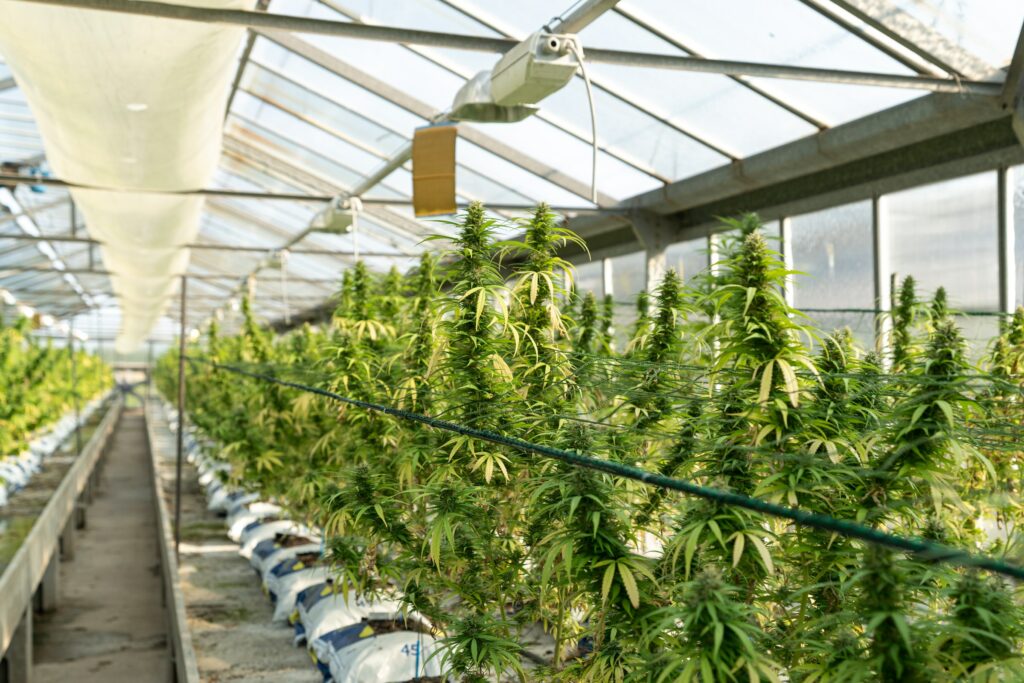
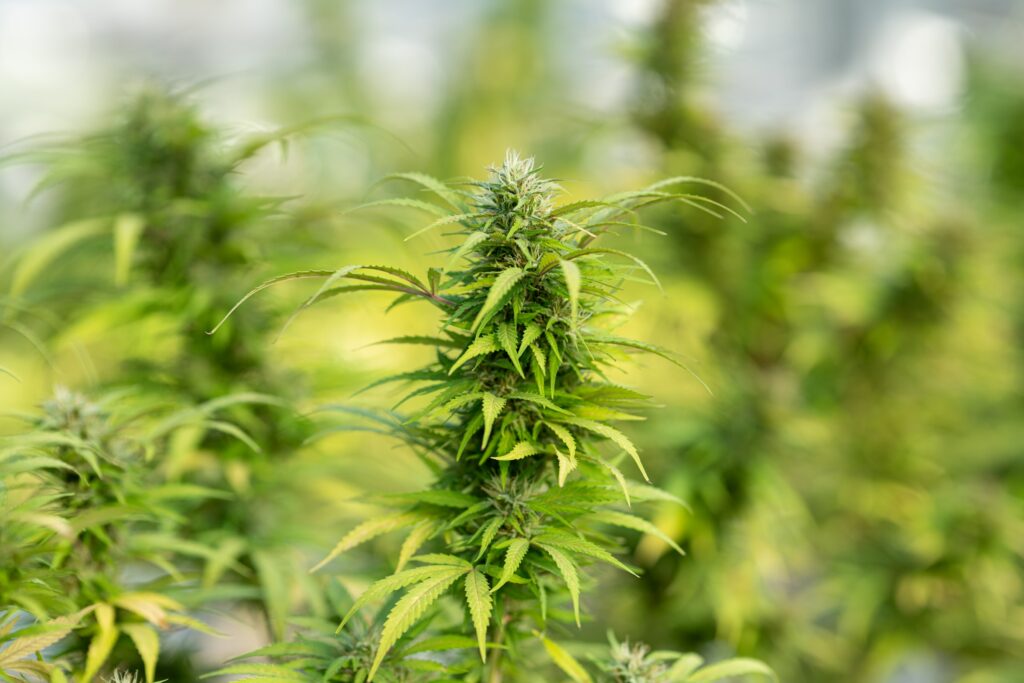
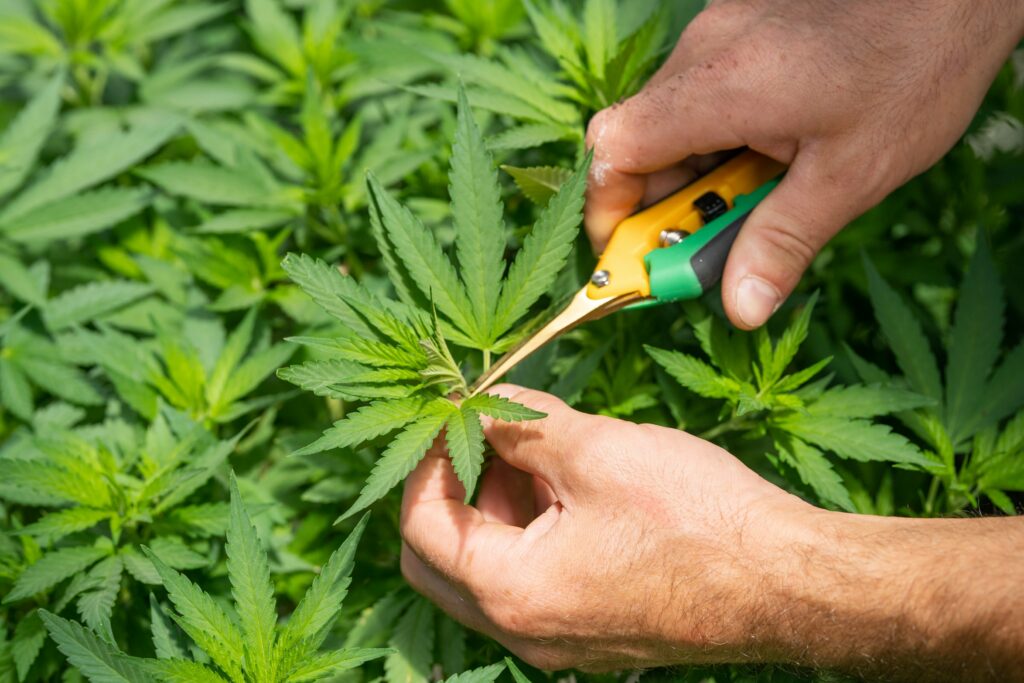
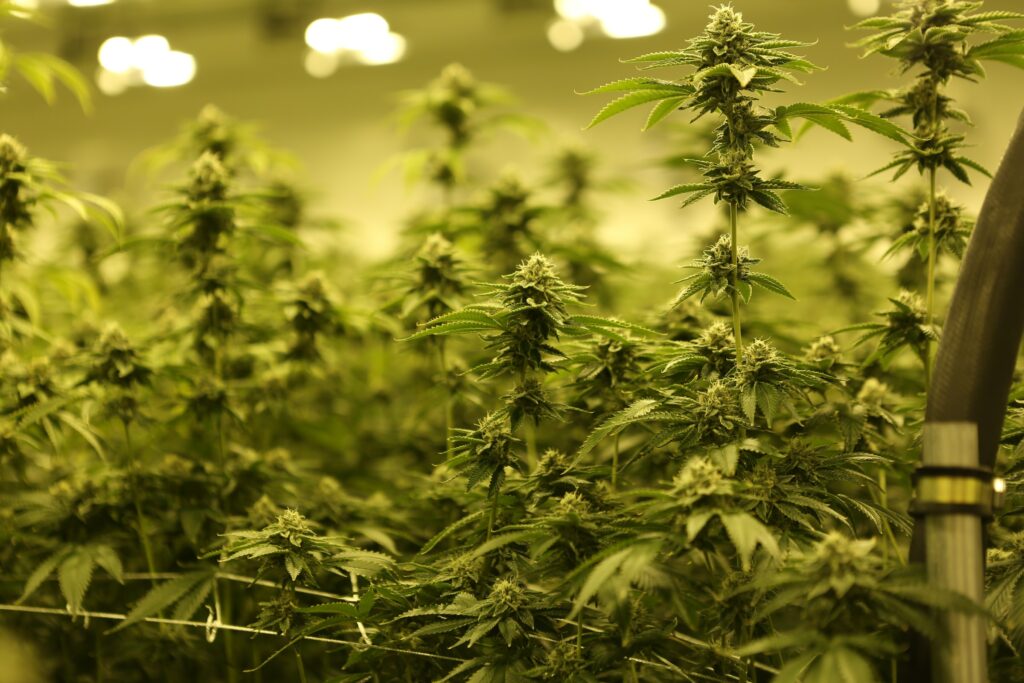
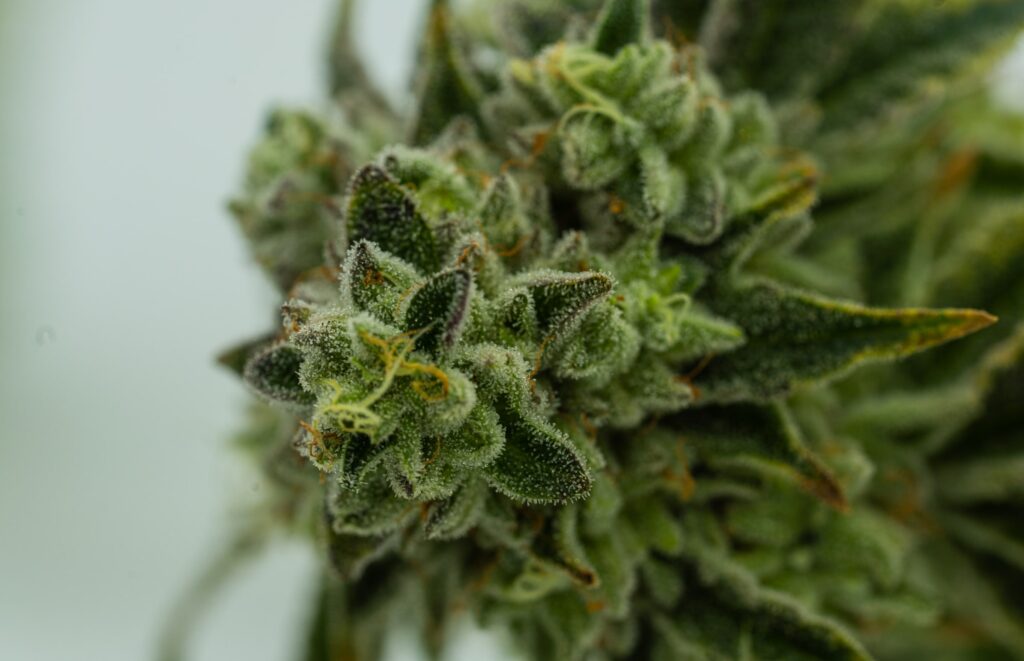
Responses